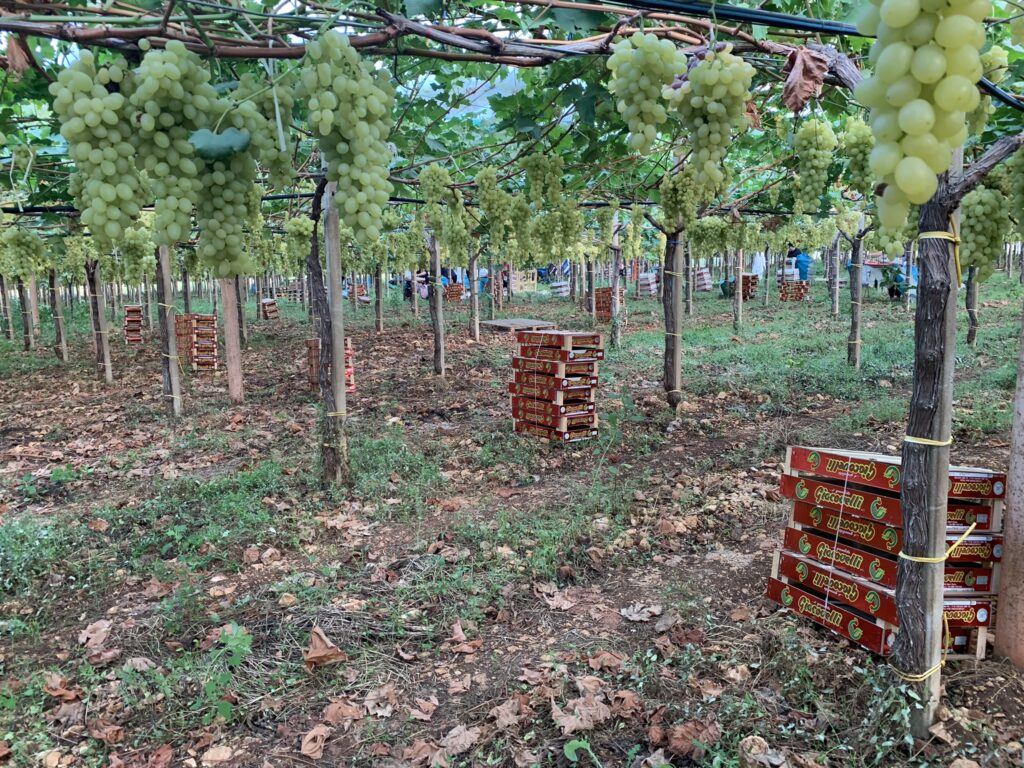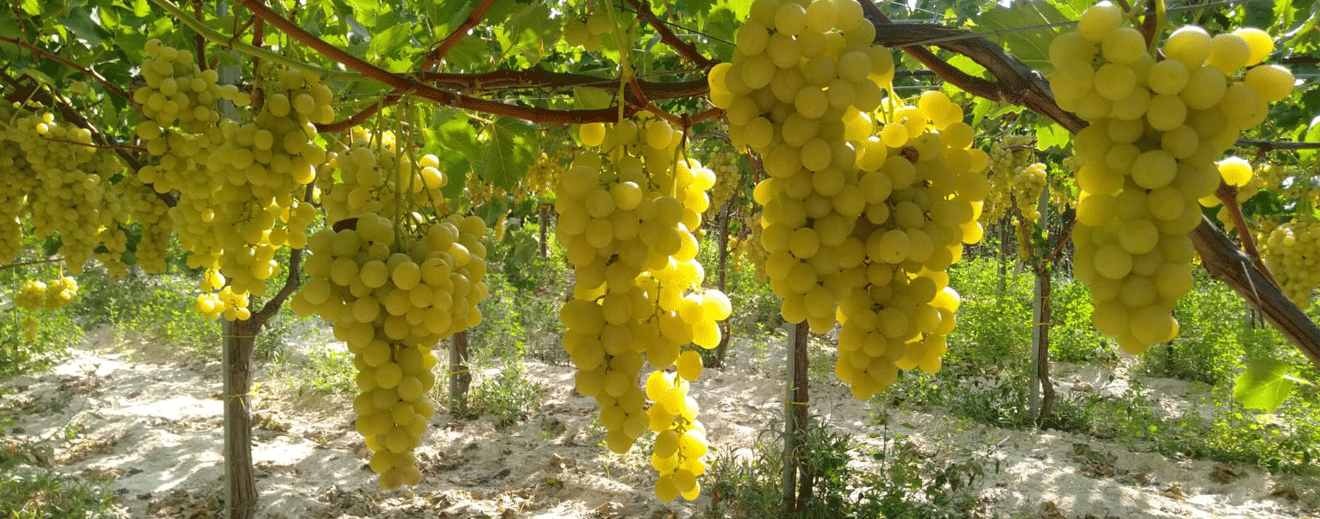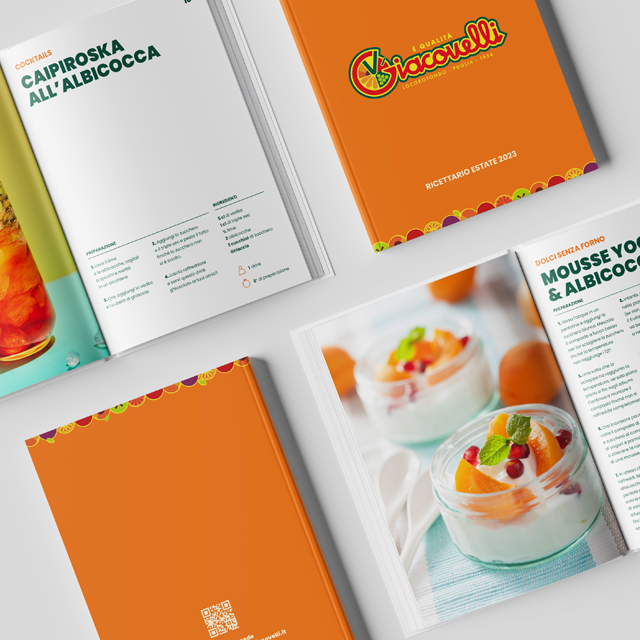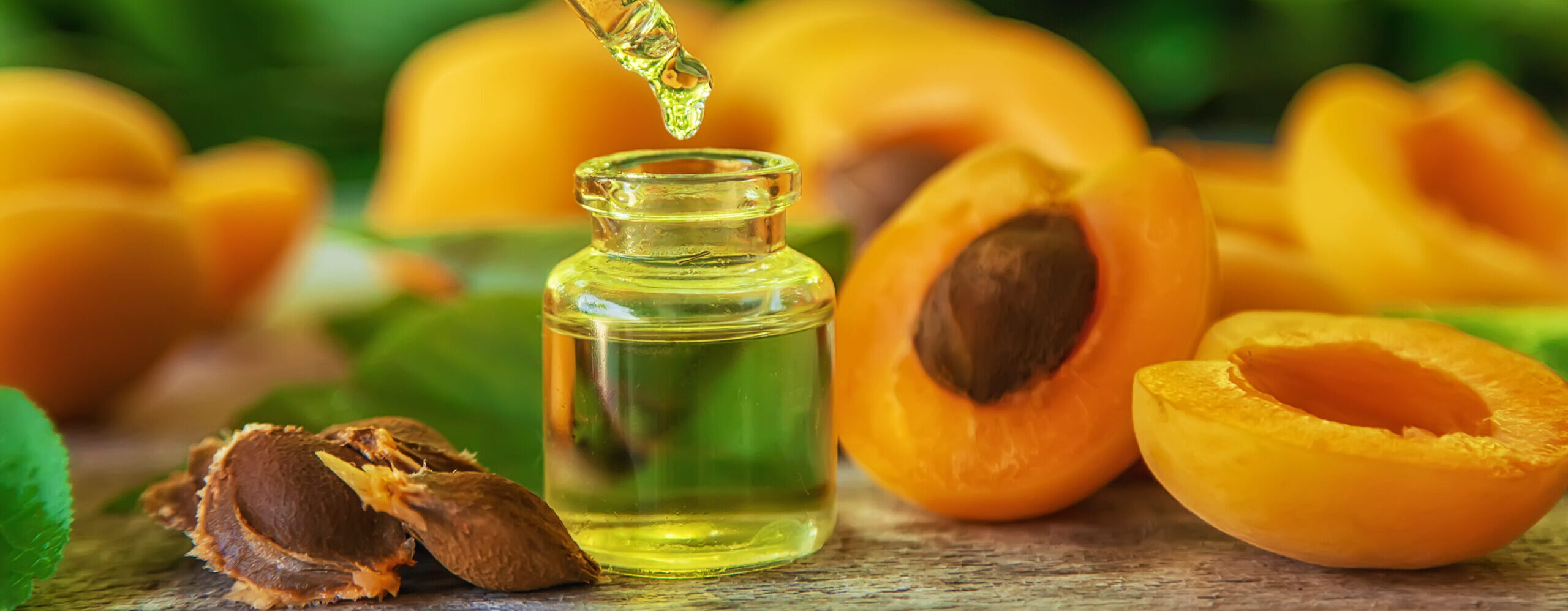Piero Giacovelli: “If the product is harvested at the optimum stage of ripeness, there will be no consumption problems”
The 2020 table grape campaign in Apulia is getting into full swing and, despite some unknowns (and a few missteps), it looks promising. Myfruit.it spoke about it with Piero Giacovelli, at the head of the company of the same name in Locorotondo (Bari): ‘The season promises to be positive compared to other years,’ he says. ‘Meanwhile, this May was favorable for the grapes, which have blossomed well, they have clustered, the so-called cacciata (fertility, ed.) was decidedly better.
While quality standards were very satisfactory, volumes were down. “The March frosts burnt the buds of the Italia variety, for which we have 30% less,” continues the Apulian entrepreneur, “but this will have a positive effect on quality. Volumes in the norm, on the other hand, for the seedless grapes, which are also of high quality. With the breeders we have on the Italian market, we are able to offer a package that covers the demands of the world market,’ he says.
The ripening of the bunches is arriving with delays of about 15-20 days. “It is precisely this wait,’ Giacovelli observes, ‘that must have led some operators to harvest unsuitable products. This obviously immediately interfered with the market, blocking sales. We are currently serving the Italian and German markets’.

In the current situation, coming out of the coronavirus emergency, the concern is about the maintenance of consumption. “Tests conducted by our company have shown that demand and consumption are there, and remain at good levels if high Brix and ripe goods are guaranteed on the shelves. I hope, therefore, that the operators of the entire supply chain know how to wait for the right degree of ripeness to harvest and market the grapes, because the vintage is looking excellent, it would be a shame, as well as stupid, to spoil it,” Giacovelli concludes.
The Locorotondo-based company exports 85 per cent of its table grapes – from its own production and that of its member companies – mainly to central Europe.








